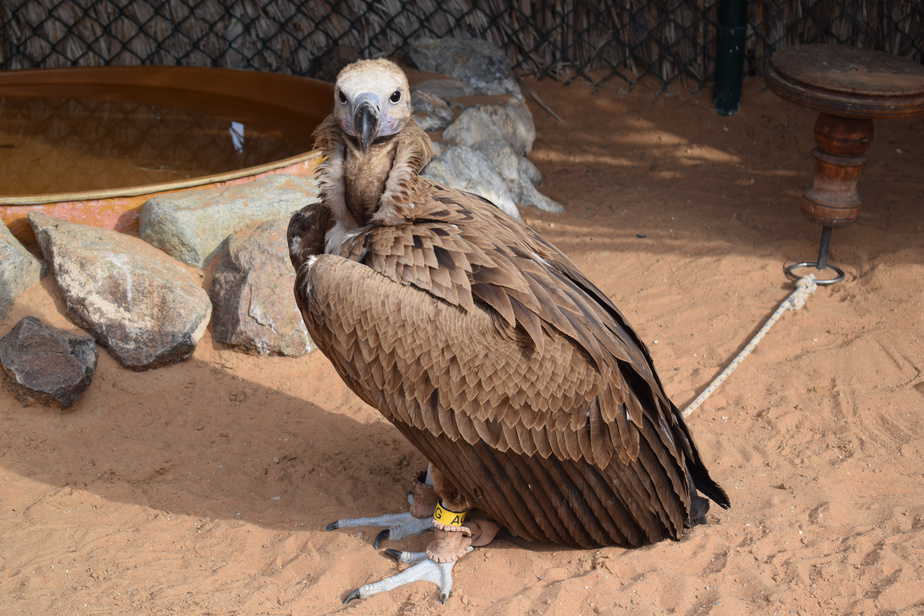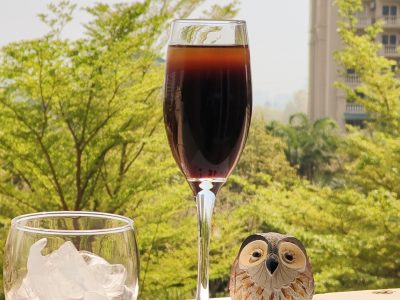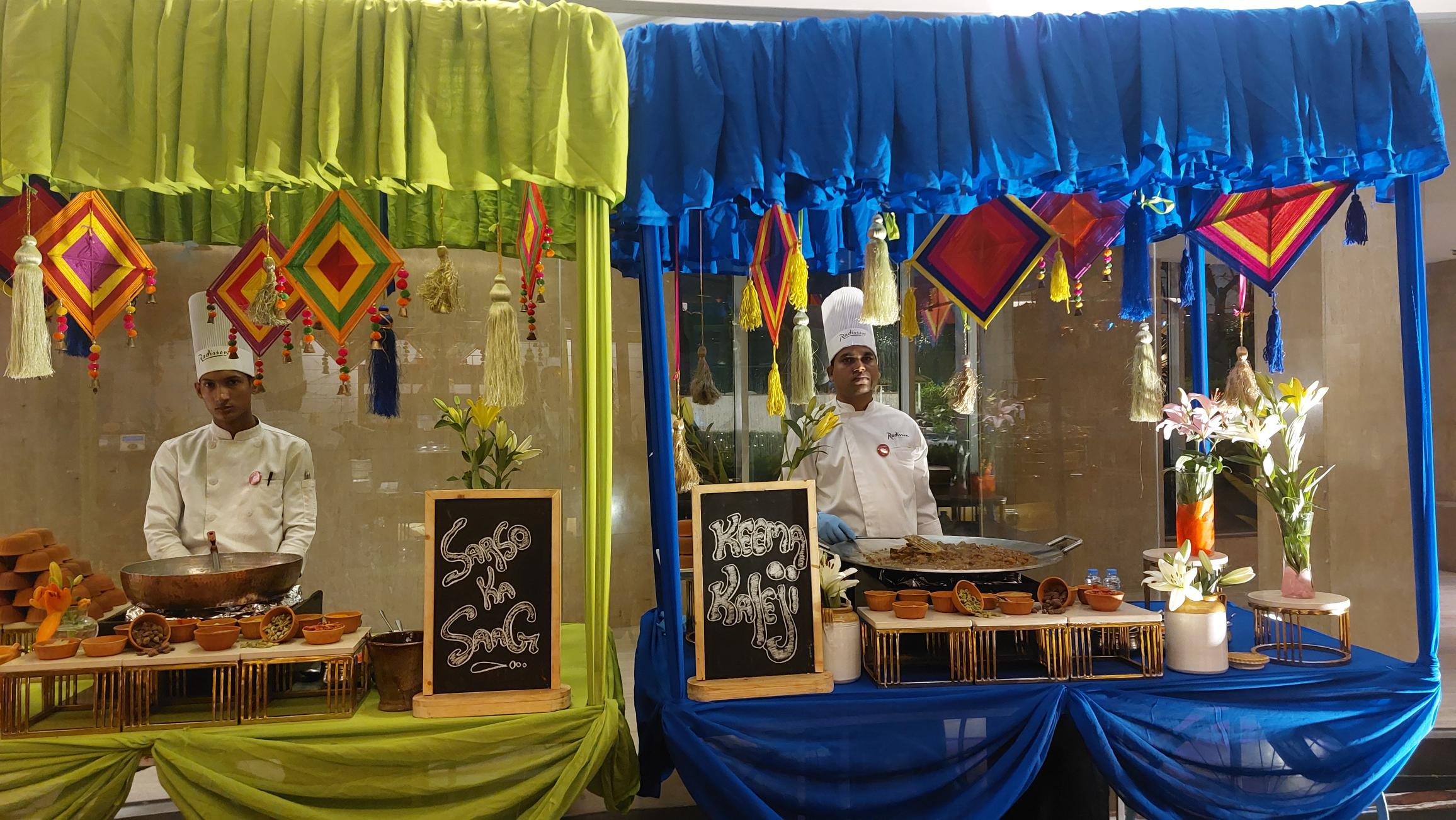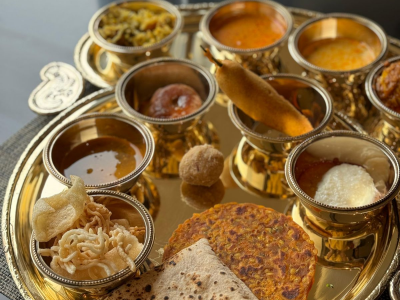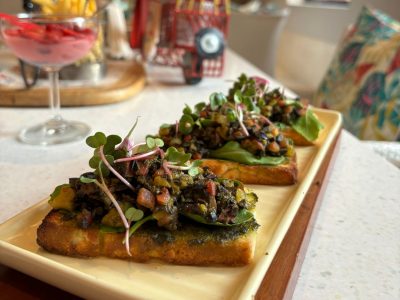With Kalba on the route of migratory raptors, the region in Sharjah is home to some endangered species. A stay in an island resort here is just the way to get close to Nature
“Let’s just say that I love wildlife, birds and animals more than human beings,” smiles Jerry. He takes care of the Birds of Prey Centre in Kalba, a city in the UAE. Hailing from the UK, he has been around a few countries looking after precious life on Earth. When questioned about the popular perception that the Emiratis kept tigers and jaguars as pets, Jerry just smiled. “The centre helps educate children on the life of raptors (birds of prey),” he says, adding that school groups come frequently.
There are 84 precious raptors in this sanctuary of sorts, which opened in 2014. Some have been confiscated from poachers and others saved from the coastal belt. Kalba is on the route for migratory raptors such as barn owl, short toad snake eagle, greater spotted eagle and lappet (hanging piece of flesh) faced vulture. Even though, it is a little unsettling to see the birds sitting on a perch tied with a rope, I guess sometimes being safe also matters, as does saving the birds for posterity. A pair of house-confined vultures had been rescued and now sat on trees covered by a net. “They had forgotten how to fly,” Jerry explains, so they are being accustomed to their real way of life.
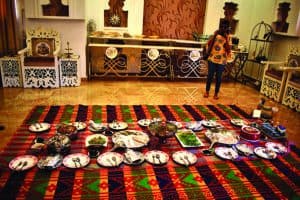
Every morning and evening, one can see 18 of these ferocious birds in flight. But rain clouds gather and we run for shelter. A few seconds later, we are back on our wet cushions. The owl is about to fly. A prey lies in the gloved hand of a helper; Jerry gives us an idea about these night birds, their hunting habits and behaviours. But our eyes are on the owl that sits somewhere on the wall of the amphitheatre seating.
Flying close to our heads, it reaches for the food that is with the helper. We duck, hoping the claws wouldn’t sink into our heads. And that’s exactly what should not be done, says Jerry. The more you duck, the lower the bird goes. You just need to let it fly past. We do that when the vultures come. We let the eagle fly by too — our fearless heads staying in their upright position. But the rain doesn’t let us enjoy more flights. We are forced to run for shelter as big raindrops fall on the ground. The birds are back in the enclosures.
“The Bedouin tribes used these birds for hunting,” Jerry says, adding that falconry is popular in that part of the world. Though, we see the beautiful Peregrine Falcon in its enclosure, the rain doesn’t let us see it in flight swooping on the prey. There are only 8,500 lappet faced vultures left in the world. Among the other endangered species here are the greater spotted eagle, barn owl, kestrel, griffon vulture, long legged buzzard and more.
Kalba, barely 120 km from the city of Sharjah, is a favourite weekend getaway. The drive to this east coast is a pleasure, lined with fruit vendors and a stark landscape. It also falls in the protected conservation area. “In 2012, His Highness Dr Sheikh Sultan bin Mohammed Al Qasimi, Supreme Council Member and Ruler of Sharjah, established Alqurm wa Lehhfaiiah Protected Area via Emiri Decree No 27. The decree created a protected conservation area of about 5 square km to include Khor Kalba (Kalba saltwater creek), Kalba Lagoon and the surrounding wetlands, salt marshes and mangrove forest. Recognised by The protected area supports a vital ecosystem for a number of endangered species, including the Arabian collared kingfisher,” informs the website sharjahupdate.com.
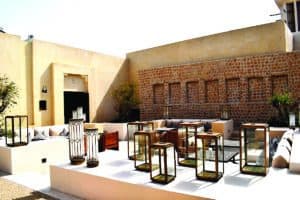
The region has been home to the oldest mangroves in Arabia. While a lot of the mangrove swamp area is now modern Kalba with a university and other structures, a portion of it has been conserved. Neighbouring Oman is just a short drive away from here. Natives get a resident visa and they can drive through the gulf region with that. Sounds cool to me, considering the countries are home to some really super cars and fantastic highways.
We are staying on an island which houses a fabulous resort called Kingfisher Lodge. With 20 luxury tents, open air, the ocean on one side and the mountains on the other, we could have been incarnations of Robinson Crusoe, not literally though. The lodge is named after the precious Arabian Collared Kingfisher.
There is a mountain conservation centre too, for the mountains are home to more endangered species such as the Arabian leopard, Arabian wolf, Arabian tahr and the striped hyena.
Candice, a nature tour leader, moved from South Africa and is in-charge of the resort’s activities such as nature walks, kayaking. She takes us to the Kalba creek, pointing out the little turtles in the water. The shells bobbing up and down, they are a fascinating sight. Around 200 of sea turtle species have been identified in the wetlands here.
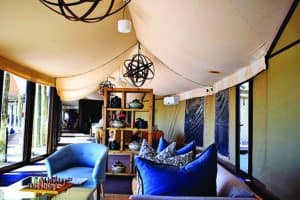
Everything here is about being one with nature. We cycle from one end of the island to the other, which is actually just a few minutes’ walk. There are swings for children, spa and plunge pools with each tent. But the roaring waves beckon and the sunrise is a sight to behold. Good food, good air, pampering service, life on an island amid treasured species is quite an unmissable experience in the emirate of Sharjah.
In the city of Sharjah
Drive to the neighbouring Khorfakkan and dig into the local flavours with Fatima Ahmed Almogan at her home. She offers a lavish meal, comprising traditional dishes such as chicken biryani, shark cooked to perfection and desserts like barbousa, pastries and dates. A guide to the ways of the Arab world, she gives a demo of welcoming visitors with flowers, offering dates with gahwa (better known as coffee), and some Oudh smoke for making it a fragrant time.
Shop for perfumes at the souqs. Swiss Arabian is the first brand that began manufacturing perfumes in the UAE in 1974 and the fragrances are to die for, including the packaging. They can be found at the Sahara Mall. Find carpets, gold and more at the Blue Souq. Watch the fish auction at Al Jubail and buy those pocket-friendly famous dates.
Go to At Majaz Waterfront, dine at Al Fanar, watch the birds and feel the calming waves of Khalid Lagoon. For the salads, soups and pastas, head to ‘Dinner at Jones’. Take a stroll around the waterfront. Every landmark that you see has a history and that can be read on the boards around the railings.
Al Noor Island is the place to find 20 species of butterflies. Dotted with sculptures, it is glitzy at night with different kinds of lighting.
Buy souvenirs, eat Omani halwa and watch the world go by at the Heart of Sharjah. This is the centre from where the emirate began. The highlight is the 100-year-old Al Asrah souq and luxury boutique hotel Al Bait. The 53-key hotel comprises a collection of private homes converted into a hotel. The homes belonged to the Al Midfa and Al Naboodah families, who played a crucial role in the emirate’s history. Here, you get the feel of being in a village with maze-like alleys, walls done in lime and pebbles. With a museum, library, ancient wind tower and a door from India, the hotel also has a door which opens into the souq.
Walk in the rain without getting wet at the Rain Room, an art installation by Random International. The experiential shower has sensors and you can sing, dance and have fun for a few minutes even as the showers fall around you but not on you. Go to the Sharjah Classic Car Museum to see the 1969 limited edition Mercedes, which belonged to the ruler. Apparently, there are only 2,000 such cars in the world.

